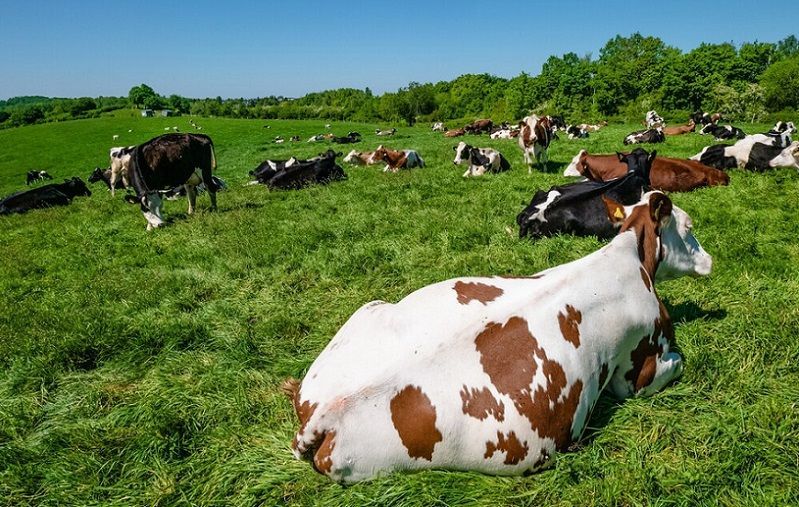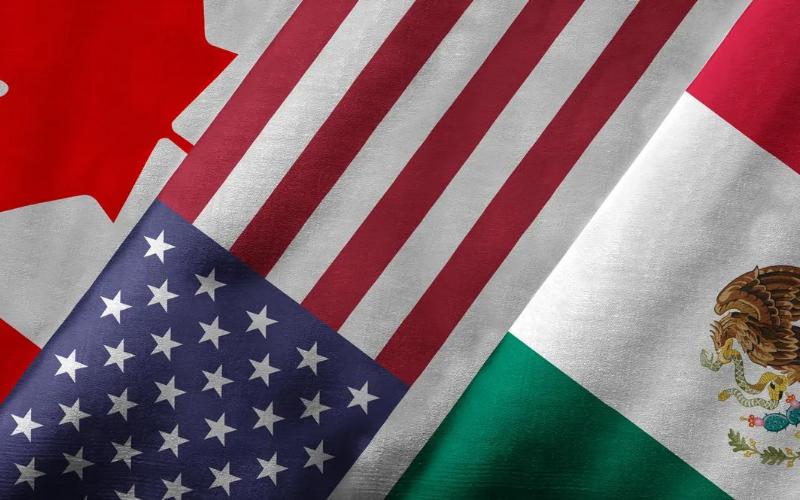States Impose Restrictions on Cattle Imports Amid Avian Influenza Concerns
Sourse: The DairyNews
In response to the heightened threat posed by highly pathogenic avian influenza (HPAI), specifically avian influenza Type A H5N1, a consortium of 17 states has taken decisive action to curtail cattle imports fr om regions wh ere the virus has infected dairy cows. According to the American Veterinary Medicine Association (AVMA), the affected states include Alabama, Arizona, Arkansas, California, Delaware, Florida, Hawaii, Idaho, Kentucky, Louisiana, Mississippi, Nebraska, North Carolina, Pennsylvania, Tennessee, Utah, and West Virginia.

While the US Department of Agriculture's (USDA) Animal and Plant Health Inspection Service (APHIS) has refrained from issuing federal quarantine orders, it has urged heightened vigilance and caution among stakeholders involved in cattle movements. APHIS underscored the importance of meticulous risk assessment and adherence to stringent biosecurity measures to mitigate the transmission of the virus.
Meanwhile, the World Organization for Animal Health (WOAH) emphasized the need for sustained avian influenza surveillance in both domestic and wild bird populations. Despite recent cases of HPAI in cattle, WOAH stressed that the risk of transmission to humans and other livestock remains low, while urging prompt reporting of any suspected cases to facilitate timely intervention measures.
Echoing these sentiments, the Centers for Disease Control and Prevention (CDC) issued comprehensive public health recommendations to mitigate the risk of human exposure to HPAI viruses. The guidance encompasses various preventive measures, including the use of personal protective equipment (PPE) and stringent food safety protocols.
In light of recent developments, the American Association of Bovine Practitioners (AABP) has taken proactive steps to redefine the disease syndrome observed in cattle, opting to designate it as bovine influenza A virus (BIAV) to distinguish it from avian influenza in birds. The AABP is collaborating closely with federal agencies and veterinary professionals to develop enhanced biosecurity protocols and ensure effective communication channels.
As the nation confronts the evolving threat posed by HPAI, stakeholders across the agricultural spectrum remain steadfast in their commitment to safeguarding animal health, ensuring food safety, and preserving public health.
Meanwhile, the World Organization for Animal Health (WOAH) emphasized the need for sustained avian influenza surveillance in both domestic and wild bird populations. Despite recent cases of HPAI in cattle, WOAH stressed that the risk of transmission to humans and other livestock remains low, while urging prompt reporting of any suspected cases to facilitate timely intervention measures.
Echoing these sentiments, the Centers for Disease Control and Prevention (CDC) issued comprehensive public health recommendations to mitigate the risk of human exposure to HPAI viruses. The guidance encompasses various preventive measures, including the use of personal protective equipment (PPE) and stringent food safety protocols.
In light of recent developments, the American Association of Bovine Practitioners (AABP) has taken proactive steps to redefine the disease syndrome observed in cattle, opting to designate it as bovine influenza A virus (BIAV) to distinguish it from avian influenza in birds. The AABP is collaborating closely with federal agencies and veterinary professionals to develop enhanced biosecurity protocols and ensure effective communication channels.
As the nation confronts the evolving threat posed by HPAI, stakeholders across the agricultural spectrum remain steadfast in their commitment to safeguarding animal health, ensuring food safety, and preserving public health.
Key News of the Week











